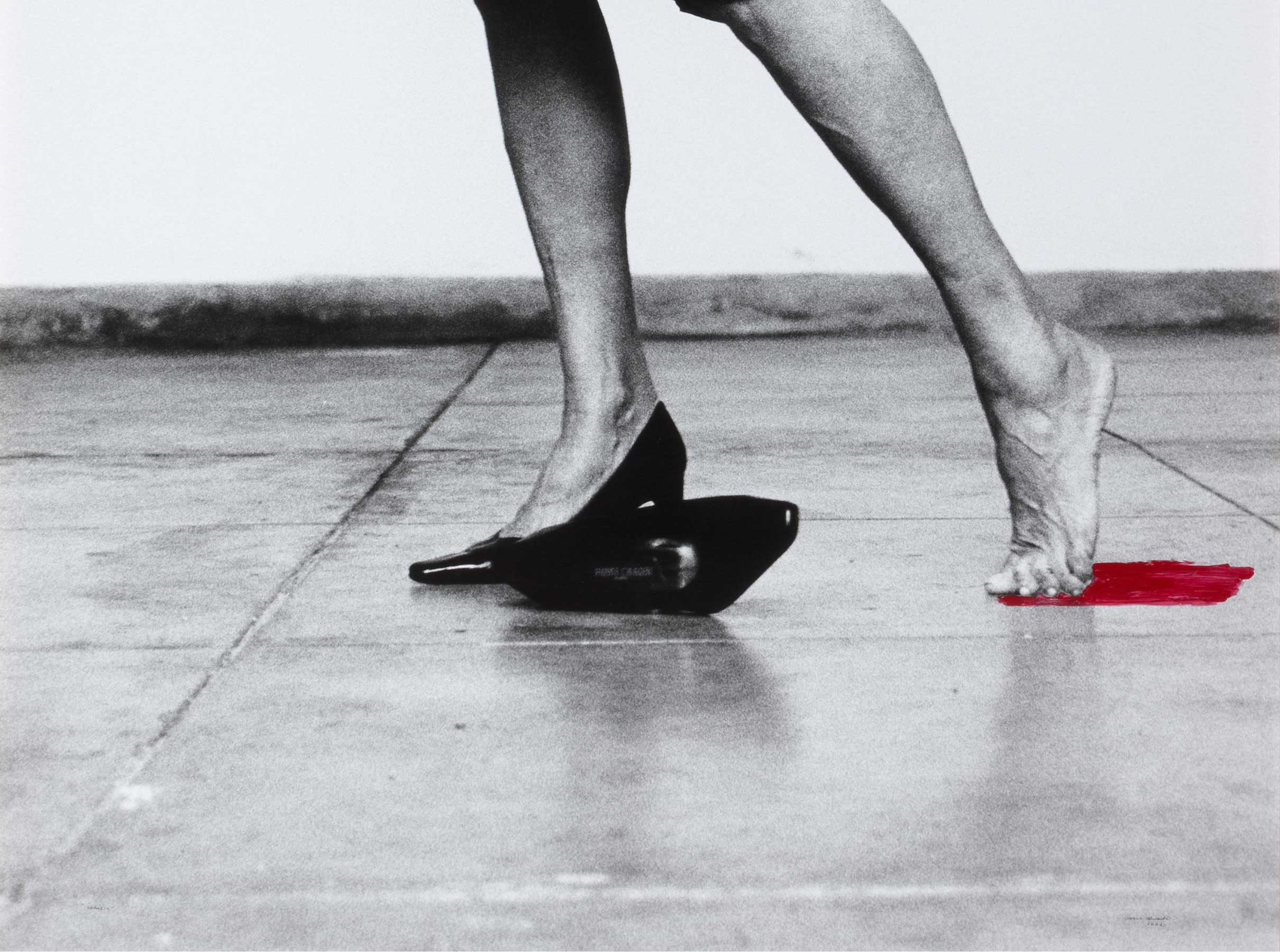San José con el Niño entre ángeles [St. Joseph with the Infant Jesus among Angels]
- 1889
- Oil on canvas affixed to board
- 57,2 x 83 x 3,2 cm
- Cat. P_368
- Acquired in 1991
- Observations: Measurements of each panel. Right panel: 42.7 x 14 cm. Central panel: 42.7 x 25 cm. Left panel: 42.7 x 13.8 cm.
The painting is set in the carpenter's workshop in Nazareth, as evidenced by the tools, the wood shavings scattered on the floor and the bench on which the holy patriarch is holding the Infant Jesus upright next to a vase with a set of Madonna lilies — an allusion to the saint's purity. The air is filled with a vaporous, evanescent atmosphere. Two separate panels, arranged on either side to form a triptych, feature kneeling angels carrying a censer, an incense holder and a crown of flowers, also enveloped in the same unreal atmosphere.
Gómez-Moreno was an exponent of the religious art of the time and his paintings were often made for the private chapels and oratories of his patrons, who wanted to see themselves, or their children, portrayed as angels, saints, the Virgin Mary or the Infant Jesus. Around 1881, the artist painted a 'divine portrait' of St. Joseph with the Infant Jesus Asleep in His Arms for his friend Dr. José López Martín, to preserve the memory of his dead son, embodied here as the Infant Jesus. The picture has a markedly homely and domestic character. The painting in the Banco de España Collection was also a gift from the painter to Dr. López Martín. Here, however the Infant Jesus is shown in the likeness of Gómez-Moreno's youngest son, Pepe; Saint Joseph is his eldest son, Manuel, and the angels are his two twin daughters, born in 1882. The doctor was Pepe's godfather and the child was named after him (Pepe is a diminutive of José). The painting is dated 12 March, some days before St. Joseph's Day.
At least seven preparatory drawings for the painting are extant (Granada, private collection). They show how the artist developed the composition, especially the central figures, from the original arrangement in which St. Joseph is seated with the Infant Jesus standing on his lap, through one in which he is holding Him in his arms to the final version in which Jesus is shown standing on a table. These drawings also show what the original neo-Gothic frame designed by Gómez-Moreno looked like. It was subsequently replaced by one in a neo-Renaissance style, made around 1970 by the painter and restorer Manuel López Vázquez (Granada, 1920-2004), a student of Rafael Latorre. With the change in frame, the large vaporous spaces above the figures make little sense, especially in the case of the angels on the side panels, where the frame designed by the artist had superimposed openwork ogival arches. The central panel was surmounted by a basket-handle (carpanel) arch. The three panels were surrounded by another larger frame to prevent the side panels from folding over the central one. The painting was probably also cleaned when the frame was replaced. As a result, the signatures on the side panels were partially erased and then painted back over the originals.
Other works by Manuel Gómez-Moreno González

![San José con el Niño entre ángeles [St. Joseph with the Infant Jesus among Angels]](/f/webca/INF/assets/img/fff.png)